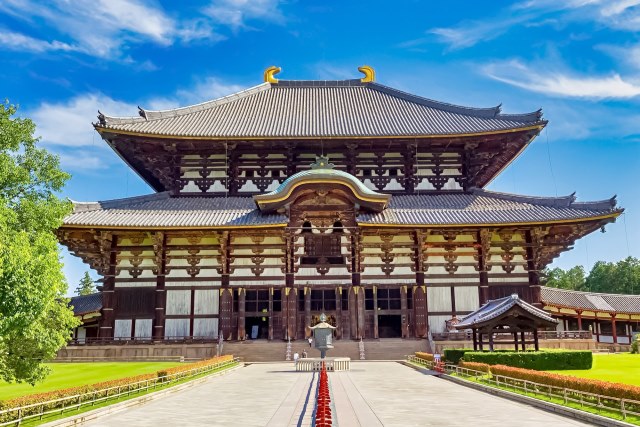Introduction to Instagram-Worthy Photos in Nara Prefecture
Nara is a city with an older history than Kyoto, and traditional scenery spreads throughout the town. It is home to many of Japan’s representative historical and cultural heritage sites, including World Heritage sites like Todai-ji, Horyu-ji, and Yakushi-ji.
Todai-ji
The Great Buddha of Nara was completed in 752 with the cooperation of 2.6 million people and attracted faith from all over Japan. This temple houses one of the largest wooden buildings in the world, which was recognized for its historical value and registered as a World Heritage site in 1998. Many of the current buildings were constructed in the Edo period and are representative of Japan’s Buddhist statues and architecture.
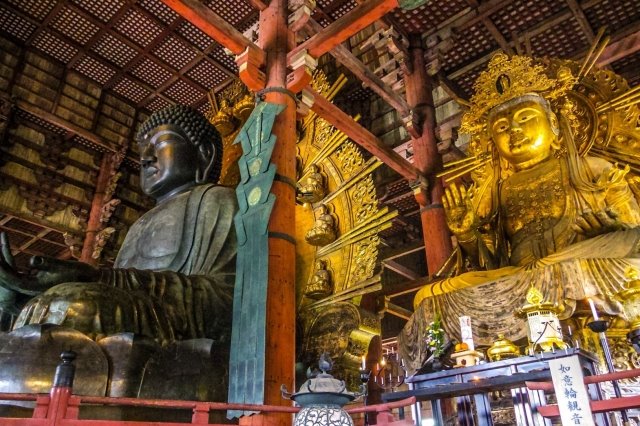
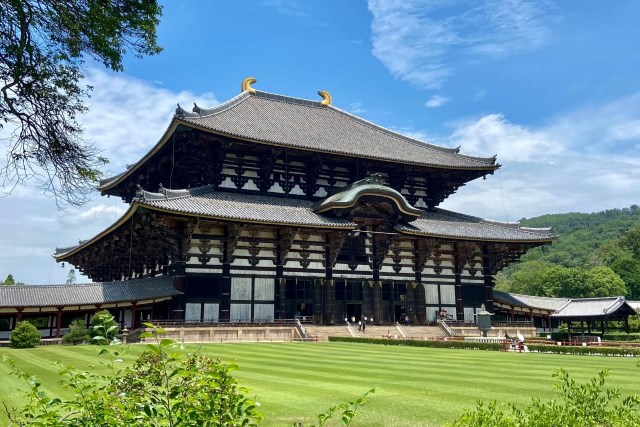
Instagram Worthiness:★★★★★
Photography Opportunity: All seasons
Location Information: ▶Map, Hours, Routes
Transportation Information: 11-minute walk from Nara Station
Horyu-ji
Horyu-ji is known for having the oldest wooden buildings in the world. This temple was founded in 607 by Emperor Suiko and Prince Shotoku and was registered as Japan’s first World Cultural Heritage site in 1993. Its vast grounds of approximately 187,000 square meters feature the Five-Story Pagoda and gates and halls built in the Asuka period, housing many Buddhist statues. The temple also has about 3,000 Buddhist artworks designated as national treasures.
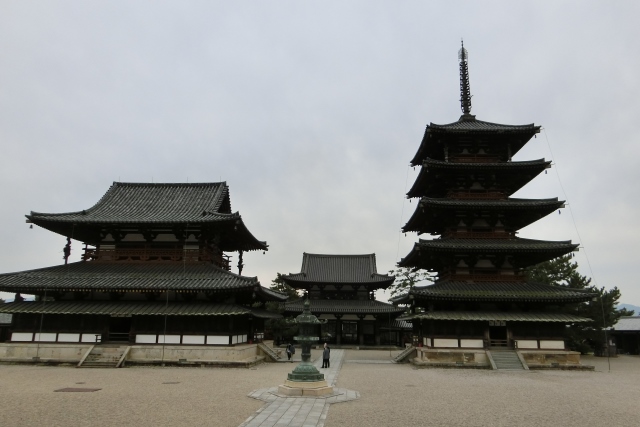
Instagram Worthiness:★★★★★
Photography Opportunity: All seasons
Location Information: ▶Map, Hours, Routes
Transportation Information: 23-minute walk from Horyu-ji Station
Kofuku-ji
Kofuku-ji was moved from Kyoto to Nara in 710 and flourished as the temple of the Fujiwara clan. It currently features the National Treasure Five-Story Pagoda and North Hall and Important Cultural Property South Hall, housing many precious Buddhist sculptures.
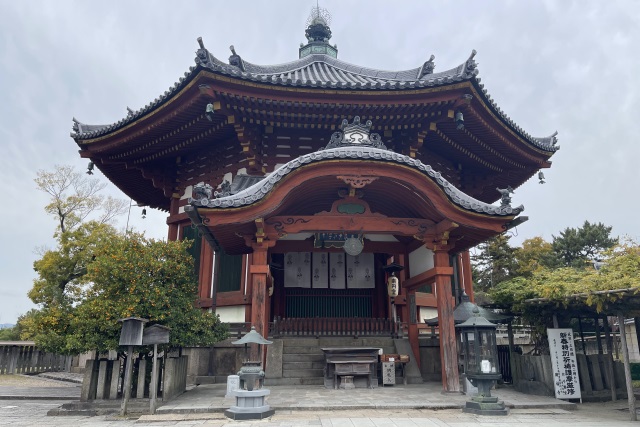
Instagram Worthiness:★★★★★
Photography Opportunity: All seasons
Location Information: ▶Map, Hours, Routes
Transportation Information: 6-minute bus ride from Nara Station
Yakushi-ji
Yakushi-ji was completed in 697 to pray for the healing of the then-empress’s illness. The temple is known for its beautiful Golden Hall and towers, earning the nickname “Dragon Palace Style.” Although much of the structure was lost due to disasters, restoration efforts are ongoing, and it was registered as a World Heritage site in 1998.
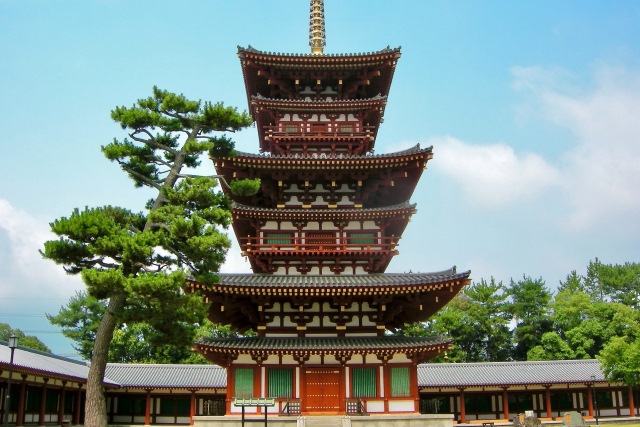
Instagram Worthiness:★★★★★
Photography Opportunity: All seasons
Location Information: ▶Map, Hours, Routes
Transportation Information: 18-minute bus ride from Nara Station
Kashihara Shrine
The region of Kashihara in Nara Prefecture is famous as the birthplace of Japan, where the first emperor, Emperor Jimmu, built his palace about 2,600 years ago. Kashihara Shrine, built in 1890, enshrines Emperor Jimmu and his empress and is known for its benefits in matchmaking.
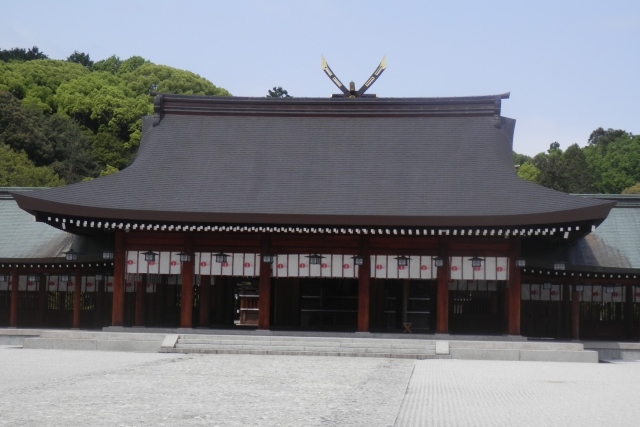
Instagram Worthiness:★★★★★
Photography Opportunity: All seasons
Location Information: ▶Map, Hours, Routes
Transportation Information: 14-minute walk from Kashihara Jingu-mae Station
Ishibutai Kofun
Ishibutai Kofun is one of the largest stone burial mounds in Japan, constructed in the 6th century. It is made up of 30 large stones, with a total weight of about 2,300 tons. Its distinctive flat ceiling stone gives it the name Ishibutai. While the identity of the person buried here is unknown, the surrounding area is a grassy field that blooms with peaches and cherry blossoms in spring and cluster amaryllis in autumn.
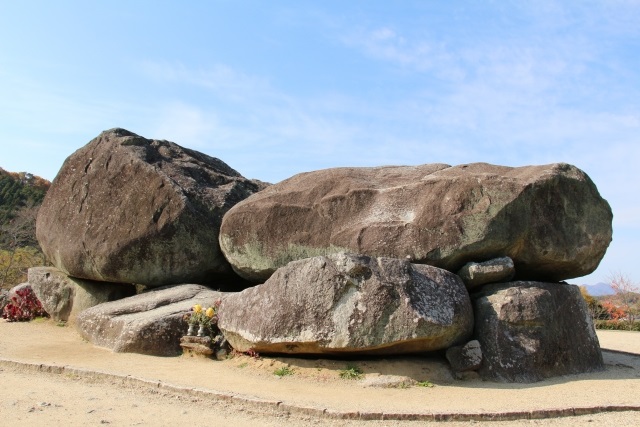
Instagram Worthiness:★★★★★
Photography Opportunity: All seasons
Location Information: ▶Map, Hours, Routes
Transportation Information: 26-minute bus ride from Kashihara Jingu-mae Station
Nara Park
Nara Park, spanning 660 hectares, is adjacent to many historical cultural heritage sites, including Todai-ji, Kofuku-ji, Kasuga Taisha, the National Museum, and Shosoin, making it an ideal base for sightseeing. The park is home to many deer, and feeding them anything other than the “deer crackers” sold as deer food is prohibited.
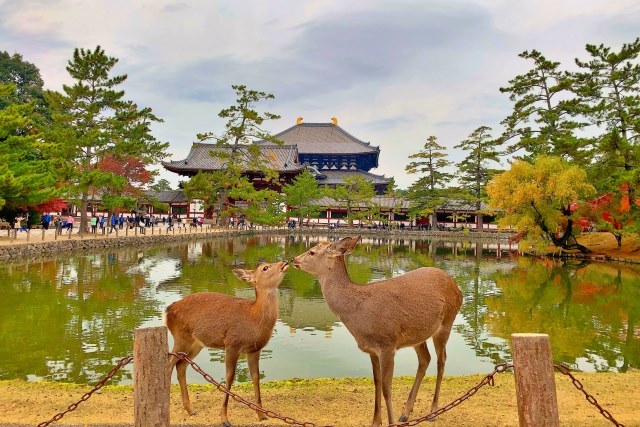
Instagram Worthiness:★★★★★
Photography Opportunity: All seasons
Location Information: ▶Map, Hours, Routes
Transportation Information: 9-minute bus ride from Nara Station
Yoshikien Garden
Originally associated with Kofuku-ji, Yoshikien became privately owned in the Meiji period, and its current buildings and gardens were constructed in 1919. Later owned by Nara Prefecture, the garden is now open to the public. It features a pond garden, a moss garden, and a tea flower garden, with particularly beautiful scenery in the autumn foliage season.
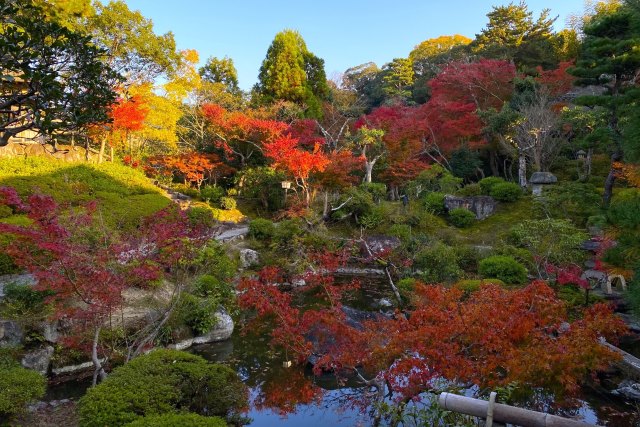
Instagram Worthiness:★★★★★
Photography Opportunity: Autumn
Location Information: ▶Map, Hours, Routes
Transportation Information: 9-minute bus ride from Nara Station
